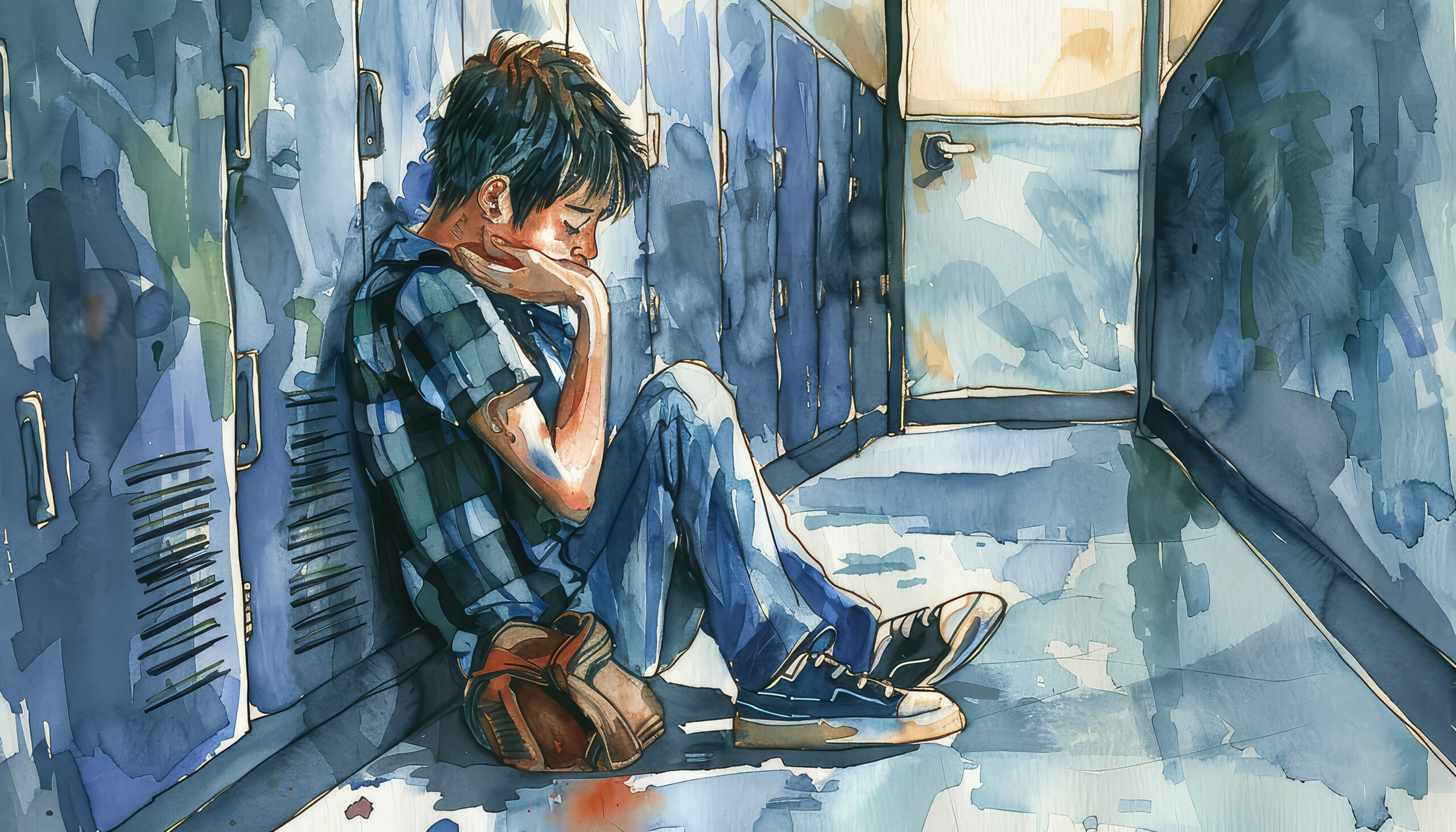
You Can Enjoy the Long Days with Seasonal Affective Disorder (SAD)
The end of Daylight Saving Time in November ushers in a difficult time for many who live with Seasonal Affective Disorder, also known as SAD. As the days get darker earlier, people may be having a harder time enjoying life as usual. Likewise, the start of the holiday season can add another layer beyond the “Winter Blues.”
SAD, as the name describes, is seasonal depression that usually appears during the fall and winter months as the time shifts and light lessens in the day. Symptoms of SAD are similar to those of depression: lack of motivation, lack of interest in activities, difficulties with sleep, changes with your appetite and not enjoying things that you used to.
This type of depression can be experienced by those who have a history of depression but also by those who haven’t. If you know or question if you experience SAD you can take proactive early initiatives, says Nikita Duke, DNP, PMHNP-BC, psychiatric mental health practitioner and Director of Behavioral Health at Fast Pace Health.
With SAD, the absence of natural light later in the day resets our brains. That means you need to trick your brain with medications and/or other techniques. These early steps can include talking with your provider to increase or even change current depression medications during the fall and winter months. If you are just starting to notice your own SAD tendencies and trends or don’t have a current provider, now is a good time to consult with a professional to create a treatment plan.
Duke also suggests light therapy lamps. “A light therapy lamp helps get exposure of light to your brain,” says Duke. She further shares that you don’t have to buy the most expensive version. Rather she advises finding one within your price range, style preference and with a 10,000 lux bulb.
Duke recommends that the lamp be used in accordance with manufacturer’s instructions, which generally includes exposing yourself to it for 30 minutes in the morning and then again, if needed, in the evening. Ideally you want to incorporate this into your routine so it becomes a part of your day and not something you feel is extra or unnecessary. For example, if you start your morning with a cup of coffee and catching up on the news, turn the light therapy lamp on near you. If you end your evening with a snack and a book, turn the light therapy lamp on near you. That little bit of light may just be what you need for a daily reset.
Another key to managing SAD is to stay busy in the evenings. This is important as you look to your hobbies, interests, and social support as you embrace activities, gatherings, and community during these darker days and nights. It also means taking your hobbies indoors if they can’t remain outside. For someone who likes to garden that may mean turning to creating crafts or puzzles. It could mean relocating your hobby to a garage or shed. Wood working, car maintenance, or even taking on projects around the inside of your home can be done this way. If you are used to exercising outdoors and that is no longer an option, consider finding online resources to guide an indoor routine. The goal is to remain active in ways you enjoy so you can avoid the urge to crawl into bed as soon as it becomes dark outside.
The length of time SAD affects a person may vary. Depression tendencies can impact the way SAD affects you, as can living in an area where the winter months are typically longer. Fast Pace Health is here to support you and provide you with SAD resources through telepsych appointments with a live provider. We have Behavioral Health services available to patients in Tennessee, Mississippi, Kentucky, Louisiana and Alabama.
If you are having suicidal thoughts, resources are available 24/7. These include the following National Suicide Prevention Lifeline at 1-800-273-8255 and SAMHSA’s National Helpline at 1-800-662-HELP (4357).
–
This article was originally published Dec. 1, 2021
Related Resources


